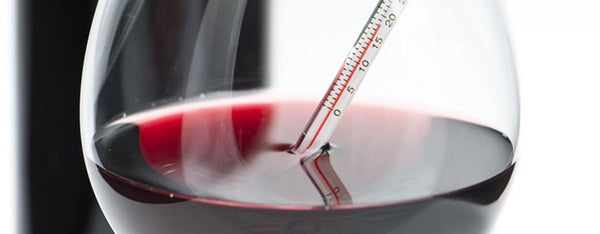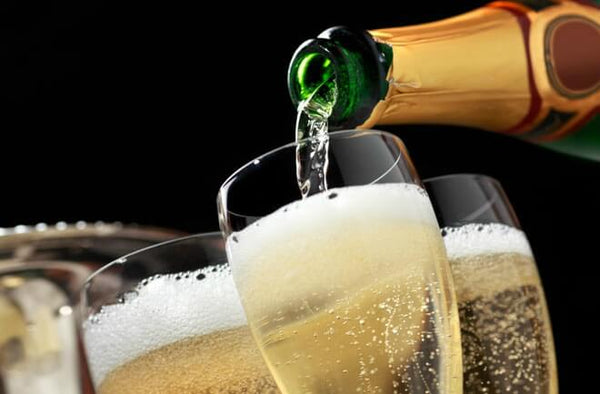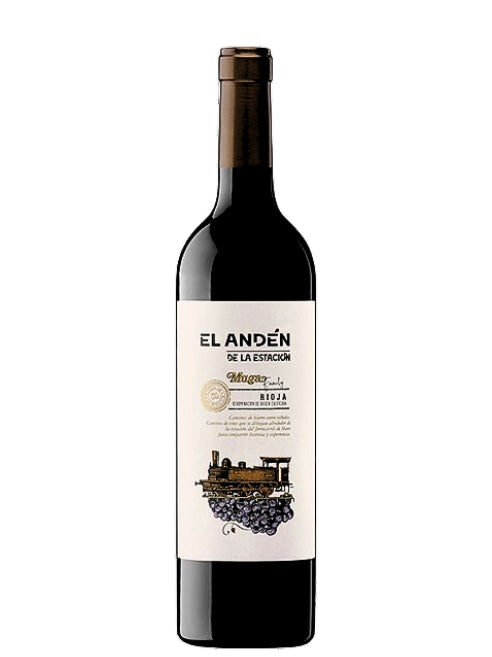At a dinner party with friends, you select one of your favorite bottles of red wine to impress your guests. To do things right, you even open it several hours in advance and decide to leave it at room temperature.
Convinced you will impress, you then serve the delicious bottle at the table, but to your great disappointment, it does not win everyone over. Too heady, heavier on the palate than usual, you do not understand what could have changed since your last tasting... You have just discovered why serving wine at the right temperature is essential!
The serving temperature indeed greatly influences our perception of a wine's structure (alcohol, tannins, acidity) and its aromas.
Thus, it is essential to know at what temperatures to serve your precious bottles in order to be able to enjoy them at their best.
Follow the guide and never make a mistake at the time of service again!
The importance of serving wine at the right temperature
To begin, let's study the impacts that unsuitable serving temperatures can have on our tasting experience.
First of all, a serving temperature that is too low will tend to enhance the sensation of acidity on the palate and will make aroma detection more difficult. For a red wine, too much coolness will also bring out the tannins excessively, making the tasting less enjoyable.
On the other hand, a serving temperature that is too high will tend to weigh down your wine and make it less digestible.This will naturally lose freshness and the perception of alcohol will then be heightened, sometimes even masking a large part of the aromas present in the wine.
The serving temperature for red wines
The serving temperature of red wines is all too often neglected compared to white or rosé wines. Many people indeed think that simply leaving a bottle of red at room temperature is sufficient.
We often talk about "chambrer" red wine (bringing it to room temperature). However, this term dates back to a time when the average temperature in our homes was lower. Today, our houses and apartments are often heated to around 20-22°C (if not more for those who feel the cold).That is far too high for any wine!
Here are some guidelines to properly serve your red wines.
- For very light red wines with few tannins, such as Beaujolais Nouveau, certain Poulsards from the Jura or even Gamays from the Loire, La Cave Éclairée we recommend serving them between 12-14°C to preserve all the freshness and fruitiness of these cuvées.
- For light and fruity red wines but with slightly more structure (Fruity Pinot Noir from Burgundy or Sancerre, Cabernet Franc from the Loire, Gamay from appellations such as Morgon or Moulin-à-Vent etc.), a service between 14-16°C is preferable in order to better reveal the aromas.
- For powerful, complex red wines with greater tannic potential, the ideal serving temperature will be 16-18°C. Included in this category are red wines from Bordeaux, the Rhône Valley, Languedoc or even Provence. Grape varieties such as Cabernet Sauvignon, Syrah or Merlot are, for example, well suited to these serving temperatures. Finally, Premiers Crus or Grands Crus from Burgundy are also often served within this range.

The serving temperature for white wines
The mistake often made with white wines is to serve them at too cool a temperature, which then masks their aromas and can make you miss out on their complexity.
- For lively, light, and fruit-driven white wines, serving between 8-10°C is recommended. In this category, for example, are wines from Chablis, certain whites from Alsace such as Riesling, Sauvignons from the Loire, dry Chenins from the Loire, or even simple and light Chardonnays.
- For white wines with more body, roundness, and greater complexity, it is preferable to serve them at a temperature between 11-13°C. For example, generous and full-bodied Chardonnays from Meursault, structured white wines from Pessac-Léognan, or the delicious Viogniers from AOC Condrieu in the Rhône can be served at this temperature.
Serving temperature for sparkling wines
Associated with joyful moments in life, sparkling wines must also be served at the right temperature to be ideally enjoyed.
Indeed, if served too cold, the bubbles and aromas of these wines will be very discreet.On the contrary, a serving temperature that is too high will create the sensation of a coarse bubble in the mouth and will cause the loss of that pleasantly refreshing feeling.
- For crémants or classic "BSA" (Brut Sans Année) champagnes, a serving temperature between 6-8°C is recommended. This will preserve all the lightness and freshness of the bubbles while allowing you to fully appreciate the range of aromas.
- For sparkling wines and champagnes with more structure and complexity, a serving temperature between 8-10°C is preferable. This is often the case, for example, with vintage cuvées that are richer in aroma.
- Finally, for rare and mature, full-bodied champagnes, a serving temperature between 10-12°C can be used.

The temperature of service for rosés
Embodiments of summer and sunny days, rosés can also be served at different temperatures depending on their profiles.
- For fresh, fruity, and mineral rosés like the vast majority of those from Côtes-de-Provence or rosés from Languedoc and the Loire Valley, a temperature between 8-10°C will be perfect to express their lively and sunny character.
- For more full-bodied and structured rosés such as those from Bandol or the small Palette AOC, the temperature should be raised, just like for a structured white wine, to 11-13°C in order to better appreciate their complexity.

The serving temperature for sweet wines
Finally, for sweet wines, semi-dry or mellow, the sugar factor plays a key role. It is therefore important to serve these at the right temperature so that they are not perceived as too heavy, or even sickly sweet, by our palate.
- For sweet wines that are aromatically simple and fruit-forward, focused on enjoyment, a serving temperature between 8-10°C will be perfect to maintain the balance of freshness and sweetness. This is, for example, the right temperature to serve a Muscat de Rivesaltes, a Gewurztraminer from Alsace or a sweet wine from IGP Côtes de Gascogne.
- For more complex and intense sweet wines such as Sauternes, Coteaux-du-Layon, or certain sweet red wines like those from Maury and Banyuls, a temperature of 10-12°C will be preferable to allow for a better appreciation of all the present aromas.
Need advice?
You now know the main guidelines for serving all your wines at the ideal temperature. So don't hesitate to invest in a wine cellar to control this aspect as best as possible: the refrigerator is indeed very practical but not ideal due to its lack of precision!
And if you still have any doubts or questions, don't hesitate to contact La Cave Éclairée! Cheers!






























